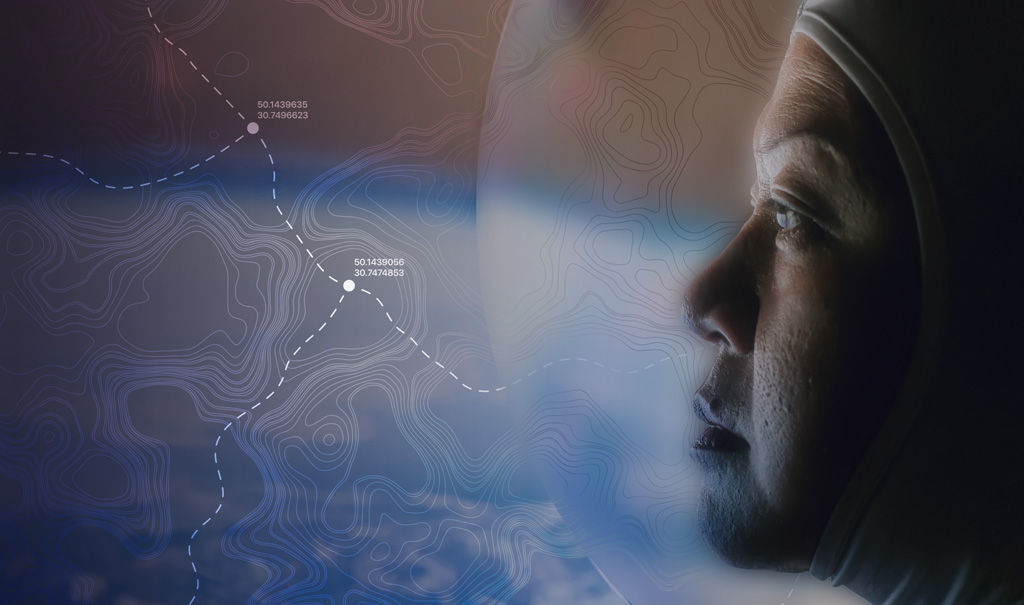In today’s world, it’s difficult to imagine successfully completing a road trip without a GPS navigation system providing real-time directions complete with road closures, traffic conditions and accidents. The human body is no different from a system of interconnected thoroughfares. What happens to one element inevitably affects the others. Just as an accident on the freeway causes traffic to divert to normally less traveled highways and city streets, what happens in one area of the body can impact others—such as the leg edema that occurs due to inefficient waste clearance by the kidneys.
“To understand interconnectedness in the body’s systems—and how seemingly local disturbances can have widespread impact—we need complete, accurate and navigable biological maps,” explained Rasmus Wernersson, principal, executive director of bioinformatics and scientific engineering at ZS. “With these maps in hand, we can more thoroughly understand what goes wrong and why during disease, and we can develop more effective treatments faster.”
“To understand interconnectedness in the body’s systems—and how seemingly local disturbances can have widespread impact—we need complete, accurate and navigable biological maps.”
Rasmus Wernersson, Principal, ZS Discovery
Biological highways and social networks
Biological systems are not only like highways to be mapped—they also act like social networks, with genes and proteins comprising a complex network of interwoven systems that are in constant communication with one another. Beyond GPS tools mapping roads via satellite, this is the equivalent of also receiving real-time traffic data to understand where the roads go and who is driving on them at any given time. Mapping out these “social” connections is a powerful way to transition the biopharmaceutical industry’s traditional single gene- or protein-centric approach to a truly systems biology approach of understanding disease.
As an industry we recognize the inherent power in this, evidenced by the remarkable increase in omics data sets, such as genomics, transcriptomics, proteomics and metabolomics—as well as combinations of one or more of these approaches, multiomics—seen in recent years. A growing body of research leverages this data to connect the dots between gene, protein and pathway clusters and disease. But analyzing omics data in light of the interactome requires a broadly inclusive scaffold on which to overlay insights gained from genomics, transcriptomics and other omics data.
Existing resources tend to be rather narrow, covering a collection of fairly well-studied protein-protein interactions or cell types and leaving significant knowledge gaps. Yet it is within these gaps that we find critical information for successfully navigating human biology.
Building biological maps to transform drug discovery
The Human Cell Atlas is a beautiful example of an initiative established to start filling in those knowledge gaps. Since 2016, members of the international scientific community have contributed to the effort to catalog every single cell type in the human body. The maps produced by this global effort will aid scientists in localizing cell types, describing transcriptional and metabolic states of cells, and tracing developmental trajectories of cells—opening up completely new avenues for developing therapeutics and personalizing their application.
But these maps won’t be enough on their own to realize the type of transformation the biopharmaceutical industry needs. We also need to map out the protein-protein networks contained within each of the cell types categorized by the Human Cell Atlas consortium. And we need to give industry scientists the power to deeply analyze this data and to make sense out of it all.
In other words, scientists need a robust map that provides greater coverage across all of biology, enabling them to look around the corners of biology and navigate into the unknown, identifying novel disease biomarkers and drug targets centered around gene and protein networks.
Reducing drug failures with biological maps
The traditional approach to developing new drugs needs a major overhaul. The failure rate of new drugs is concerningly high: Of drugs that have advanced beyond preclinical phases, 90% fail to make it through all three clinical trial phases. The reasons behind this failure rate are varied and complex, but we can address many by identifying and leveraging molecular units underpinning disease etiology and treatment responses.
“Biological maps to chart previously unexplored areas of biology will transform the biopharmaceutical industry in two very important ways: They will enable the identification of new drug targets and therapeutic approaches and they will improve the likelihood of success by incorporating differential drug responses into therapeutic design early in the process,” said Wernersson. Many of our clients are already doing this or plan to do so in the near future.
The first step of a larger mission: Improving health outcomes
Taking the quantity of data produced by exciting new scientific techniques and extracting actionable insight from it is no small task, and to be frank, requires expertise in biology, computer science and data analysis. It’s a challenge that ZS is excited to take on as we work to achieve our vision of improving health outcomes for all.
Recently, we provided the scientific community with a peek into what’s possible to achieve with protein-protein interaction maps.
Working together with a diverse group of scientists from Denmark and the U.S., we contributed to an effort combining single-cell technology with computational analysis to overlay data onto existing biological maps and identify a new type of adipocyte that was hiding in the gray areas of biology and not captured by traditional resources.
This breakthrough accomplishment opens the door for similar efforts across metabolic diseases, immunological diseases, cancers, mental disorders, rare disorders and so many other areas in need of innovative therapeutic approaches. This is exactly why ZS focuses on developing the tools the industry needs to improve human lives. And when it comes to discoveries like these, our work has only just begun.
Add insights to your inbox
We’ll send you content you’ll want to read – and put to use.
















